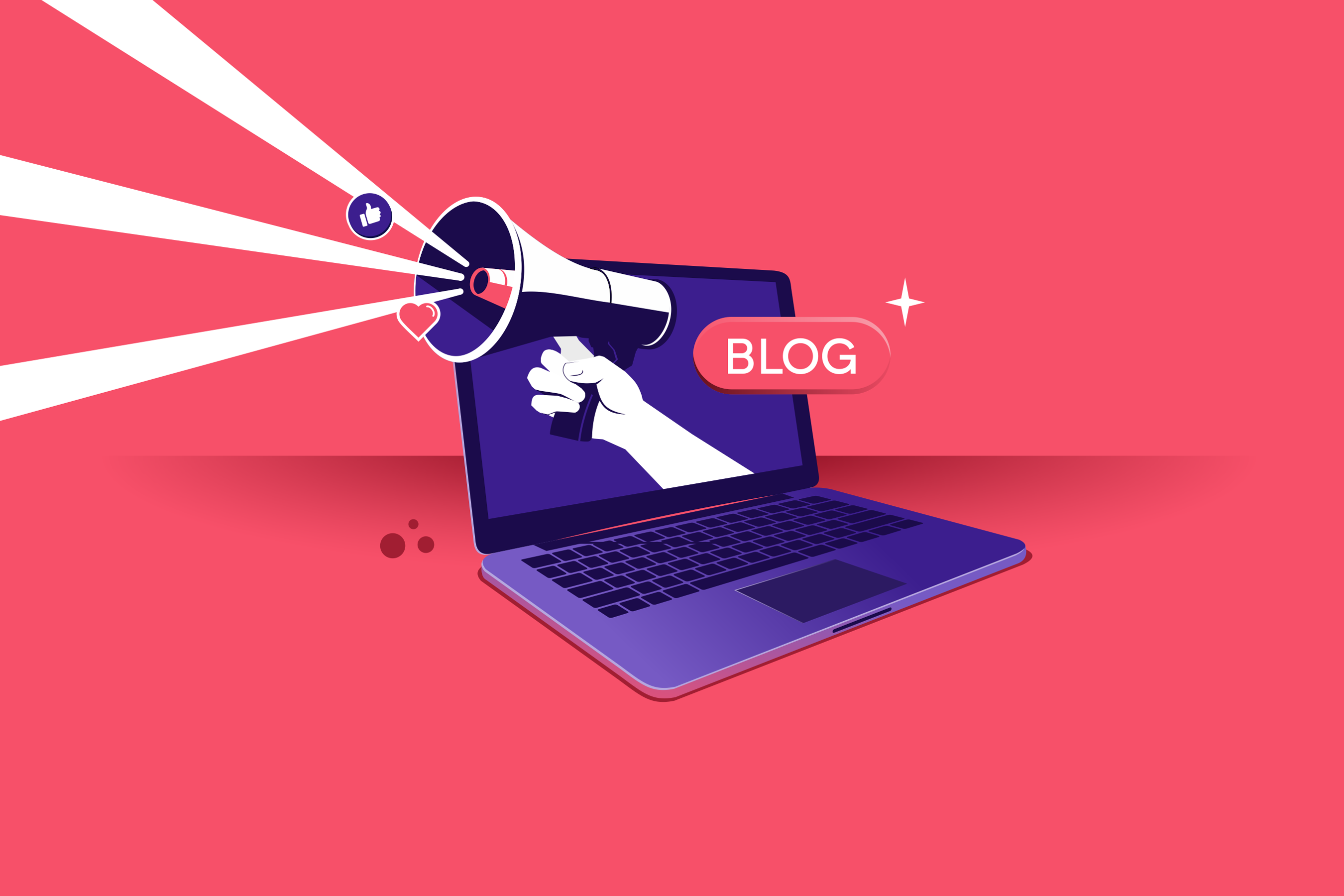Black Friday is the time of year when shoppers anticipate heavy discounts on products and wait to fill their carts.
Understanding key Black Friday statistics gives you a clearer picture of how shoppers behave and helps you plan ahead to drive bigger sales.
For print-on-demand brands, understanding these numbers helps plan better product drops, pricing, and promotions.
Knowing which categories are trending, how customers spend, and which designs receive the most attention can make a big difference.
If you’re gearing up for Black Friday 2025, here are some eye-opening statistics to help you plan better.
What is Black Friday?
.avif)
Black Friday is the biggest shopping day of the year, typically held the day after Thanksgiving in the United States. It’s known for massive discounts and a surge in both online and in-store spending.
The name “Black Friday” originated in the 1960s. Retailers used it to describe the day their profits shifted from “in the red” (losing profits) to “in the black” (gaining profits)
The event has grown worldwide, with stores and online shopping platforms offering early deals and weekend-long promotions. Every year, online and retail sales break Black Friday records, but 2025 is expected to set new highs.
Cyber Monday is another shopping event tied to Black Friday. It is the first Monday after Black Friday, and it offers significant discounts. It started as a way for ecommerce stores to compete with in-store Black Friday sales.
Now, let’s dive into some notable Black Friday statistics.
Also Read:
1. How Much Money Is Spent on Black Friday?
.avif)
U.S. consumers spent $10.8 billion online on Black Friday 2024, a 10.2% increase from $9.8 billion in 2023.
Additionally, Black Friday statistics show that Cyber Monday was the biggest shopping day in 2024. It drove $13.2 billion in online spend. This is a 10.2% increase from the $9.8 billion that was spent over the same period in 2023.
These numbers show how big Black Friday has become over the years. Every year, more shoppers join in to grab the best deals, and stores make plenty of money in just one day.
Black Friday is now one of the most important shopping events for both customers and businesses.
2. Mobile Shopping Takes the Lead
.avif)
In 2024, 69% of all Black Friday purchases were made on mobile devices, a 1% increase from 2023. Globally, shoppers spent over $220 billion on their phones during the holiday shopping season.
These Black Friday statistics show how important it is for businesses to make their online stores mobile-friendly. When shopping on phones is fast and easy, people are more likely to buy right away rather than abandoning their cart.
3. How Many People Shopped Online During Black Friday?
.avif)
Black Friday had the highest activity of the shopping weekend in 2024. 87.3 million people were shopping online, with 81.7 million visiting stores. This was just a 5.6 million difference between the two.
By Saturday, shopper behavior started to shift. More people visited physical stores, reaching 61.1 million, while 53.9 million shopped online.
These Black Friday statistics show that even though more people are shopping online, in-store shopping is still popular.
Many shoppers enjoy seeing products in person before buying, while others prefer the comfort and speed of online shopping. Businesses that focus on both can reach more customers and make more sales.
4. Shopify Merchants Reached a New Record in Global Sales
.avif)
Black Friday user statistics show that 2024 marked Shopify’s best performance yet, with total sales reaching $4.1 billion. That was a 22% increase from 2023, showing strong growth across online stores.
At its peak, merchants processed about $4.6 million per minute. The average cart value reached $110.71, or $110.08 after adjusting for currency changes.
Across the entire weekend, Shopify stores generated $11.5 billion in sales, representing a 24% increase from 2023 and setting a new record for global sellers on the platform.
5.“Buy Now, Pay Later” Boosted Online Sales
.avif)
According to Black Friday facts, “Buy Now Pay Later” services came close to generating $1 billion in sales on Cyber Monday 2024. Consumers spent about $991.20 million through BNPL platforms. This was a 5.5% increase from 2023.
Furthermore, Most BNPL purchases were made on mobile devices, accounting for 75.2% of total sales. This shift highlights how shoppers are turning to their phones for convenience and quick checkouts.
Also Read:
- Amazon Statistics: Key Numbers You Should Know
- Dropshipping Statistics: Key Trends & Industry Insights
6. Top-Selling Products & Categories on Black Friday
.avif)
Consumer electronics were the top-selling categories in the 2024 Black Friday period. They accounted for 49% of the total items sold. This included smartwatches, laptops, and smart TVs.
Besides electronics, other categories that also attracted shoppers include fashion and apparel. These Black Friday statistics show that people are most excited about deals on tech gadgets, but they still love updating their wardrobes too.
7. When Do Shoppers Actually Start Their Black Friday Shopping?
.avif)
Over half of shoppers started their black Friday buying a week early. Many people don’t wait for the actual day because they want to grab the best deals before items sell out. Some stores also start offering discounts early to attract more buyers.
Black Friday growth statistics also show that most Black Friday shoppers in 2024 started their shopping as early as 5 am. Up to 33% of shoppers do their Black Friday shopping early in the morning, as soon as stores open.
8. Who’s Shopping on Black Friday? A Demographic Breakdown
.avif)
Black Friday is popular among all, but a majority of Black Friday shoppers in 2024 were middle-aged consumers. They accounted for up to 33% of all shoppers. Millennials were the smallest group, accounting for 24% of shoppers.
Also Read:
Final Thoughts: Top Black Friday Facts You Must Know in 2025
Black Friday user statistics 2025 show that this year is poised to be even bigger. The numbers show that shoppers are spending more each year, with electronics, fashion, and home goods leading the charts.
For print-on-demand brands and creative entrepreneurs, these Black Friday statistics aren’t just numbers. They’re signals of where demand is growing and how to plan smarter campaigns.
Whether it’s testing print-on-demand designs early, optimizing online stores, or offering flexible payment options, the brands that act on data will stand out.









